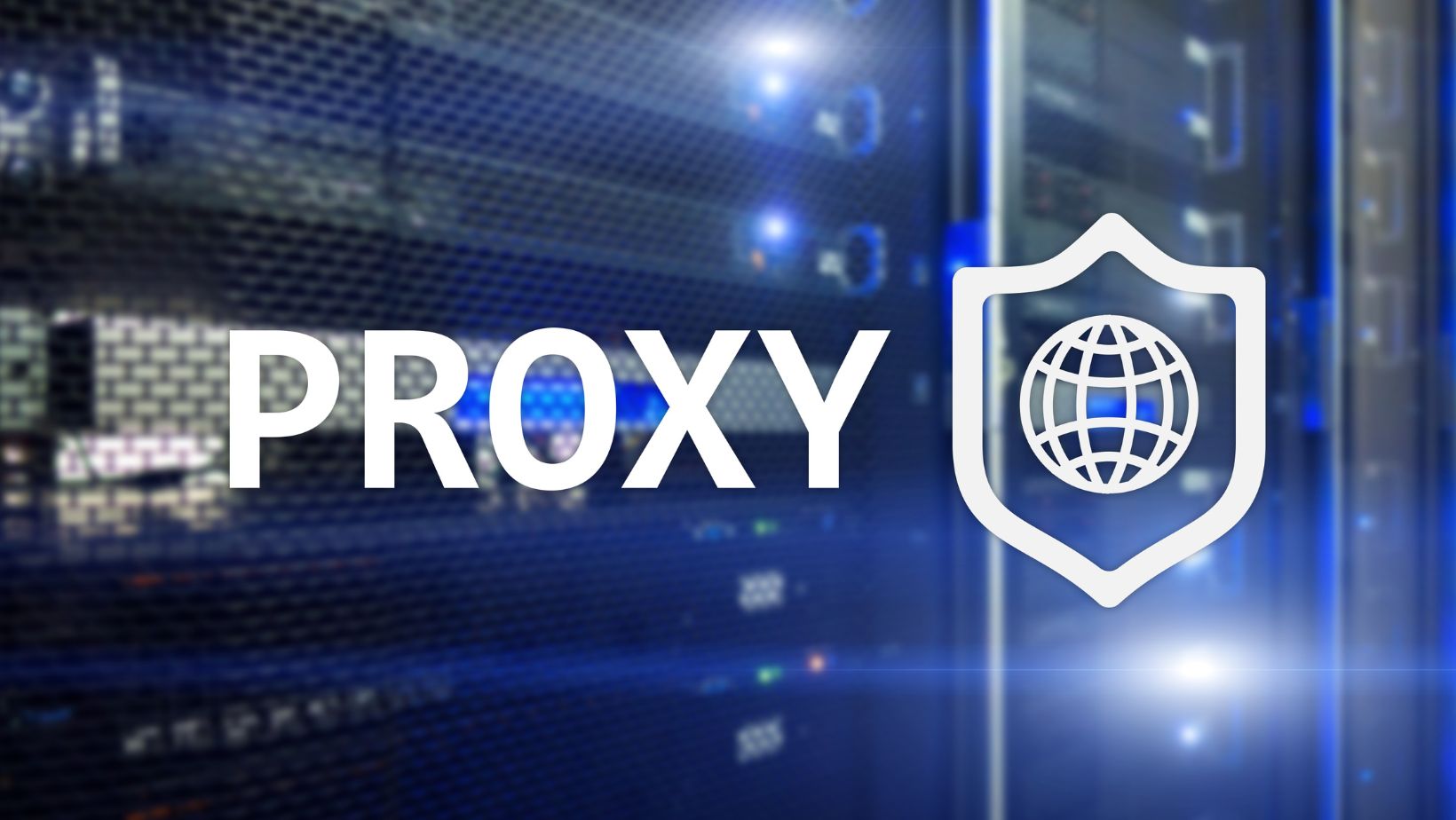Web scraping has evolved far beyond basic HTML extraction. With the rise of dynamic content, anti-bot protection, and regional restrictions, proxies have become an essential layer in every scraping stack. Yet, many developers still underestimate the impact that proxy quality—specifically speed, IP cleanliness, and rotation logic—has on the success or failure of scraping operations.
Web scraping proxies are intermediary servers that allow users to mask their IP addresses and access websites anonymously, helping to bypass restrictions and prevent blocking during data extraction. They come in various types, including datacenter proxies, residential proxies, and mobile proxies, each offering different levels of anonymity and reliability. Using proxies effectively enhances the efficiency and success rate of scraping tasks by distributing requests across multiple IPs, reducing the risk of IP bans, and overcoming geo-restrictions. However, it’s important to choose reputable proxy providers, adhere to legal and ethical guidelines, and manage proxies responsibly to prevent misuse and ensure sustainable scraping practices.
Let’s look into why many scrapers fail before they even get started and how choosing the right proxies, particularly high-quality residential ones, can make or break your pipeline.
The Proxy Bottleneck: Why Speed Matters More Than You Think
Scrapers often assume that parsing logic or headless browser choice is the primary performance factor. However, in latency-sensitive use cases like stock monitoring or ticket availability tracking, proxy response time is the real choke point.
A study published by Apify found that the average response time difference between poorly optimized proxies and top-tier residential proxies exceeded 1.2 seconds per request. Multiply that by 10,000 product pages, and the lag translates into hours of unnecessary processing—along with a higher chance of timeouts and failed sessions.
When scraping dynamic websites where JavaScript rendering is required, these delays compound further. In those cases, using the fastest proxies with low latency and regional IP diversity can significantly boost both your success rate and cost efficiency.
IP Reputation: The Invisible Threat Behind “Working” Proxies
Not all proxies are created equal. You can have a proxy that technically works—it returns data—but still leads to soft bans, captchas, or worse, data poisoning.
Clean IPs—those not previously flagged or overused—are the gold standard in scraping. In a 2023 internal benchmark by an e-commerce intelligence firm (not publicly released but cited in scraping communities), switching from generic datacenter IPs to premium residential ones reduced captcha frequency by 83% without changing headers, delays, or scraping intervals.
This highlights a common misconception: developers focus on anti-detection tactics at the browser level but ignore the reputation of the IP doing the talking.
Scraping Failures Are Often Systemic, Not Code-Based
When a scraper breaks, we often blame the parsing logic or request formatting. In reality, proxies are usually the root cause of issues such as:

- Geofenced content not loading
- HTML differences between sessions
- Unexpected 403 or 429 errors
- Captcha loops despite using headless browsers
What’s happening behind the scenes? Many of these issues result from poor proxy rotation, lack of session persistence, or using IPs previously associated with abusive behavior.
Residential Proxies: Your Perfect Shot at Getting Through Undetected
Residential proxies use IPs from real users’ devices, making them much harder for target websites to detect and block. Their diversity and legitimacy offer a distinct advantage, especially when combined with smart session handling and request throttling.

According to Proxyway’s 2023 Proxy Market Research, residential proxies maintain a 92% average success rate across protected websites, compared to 38–52% for data center proxies. The difference becomes even more pronounced on targets using advanced fingerprinting or CDN-level bot protection.
That said, residential proxies aren’t a silver bullet. Speed, pool size, and rotation logic still vary drastically between providers. When choosing, prioritize vendors that provide low-latency access, city-level targeting, and flexible integration—especially if scraping JavaScript-heavy or geo-specific content.
Final Thoughts: Start With the Right Foundation
Most scraping failures don’t start with flawed XPath selectors or missing headless flags. They start with proxies that are too slow, too obvious, or too dirty.
If your data pipeline matters, your proxies should too. Think of them not as a cost but as the network foundation for your data infrastructure. And when you’re choosing proxies for speed-sensitive scraping, don’t compromise—go for the fastest proxies that match your use case.
Because in scraping, the difference between a blocked session and a 99% success rate often begins—and ends—at the IP layer.

